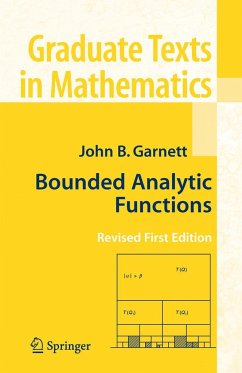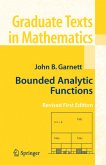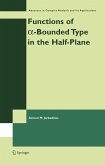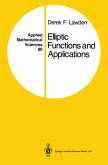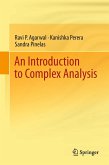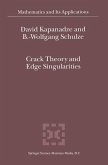"This book is an account of the theory of Hardy spaces in one dimension, with emphasis on some of the exciting developments of the past two decades or so. The last seven of the ten chapters are devoted in the main to these recent developments. The motif of the theory of Hardy spaces is the interplay between real, complex, and abstract analysis. While paying proper attention to each of the three aspects, the author has underscored the effectiveness of the methods coming from real analysis, many of them developed as part of a program to extend the theory to Euclidean spaces, where the complex methods are not available...Each chapter ends with a section called Notes and another called Exercises and further results. The former sections contain brief historical comments and direct the reader to the original sources for the material in the text."
Donald Sarason, MathSciNet
"The book, which covers a wide range of beautiful topics in analysis, is extremely well organized and well written, with elegant, detailed proofs."
From the citation for the AMS Steele Prize for exposition
Donald Sarason, MathSciNet
"The book, which covers a wide range of beautiful topics in analysis, is extremely well organized and well written, with elegant, detailed proofs."
From the citation for the AMS Steele Prize for exposition
From the reviews: "After having been out of print for many years, the long-awaited revised first edition of this wonderful book has finally reappeared, this time with Springer Verlag. In 2003, Garnett was awarded the AMS Steel prize for this book; one of the highest distinctions for mathematical exposition. ... To sum up, Garnett's book is as useful now as it was in 1981 and is highly recommended to everyone interested in function theory." (Raymond Mortini, Zentralblatt MATH, Vol. 1106 (8), 2007) "The book contains information about Hardy spaces, conjugate functions, bounded mean oscillation and duality, interpolating sequences, corona construction, Douglas algebras and many other topics. ... The book ... is a gold mine for researchers and experts." (EMS Newsletter, September, 2008)

